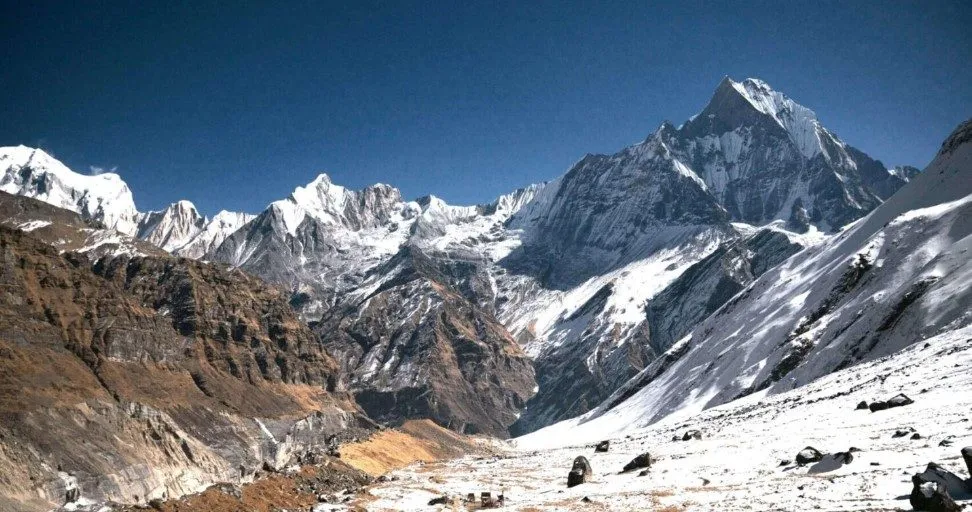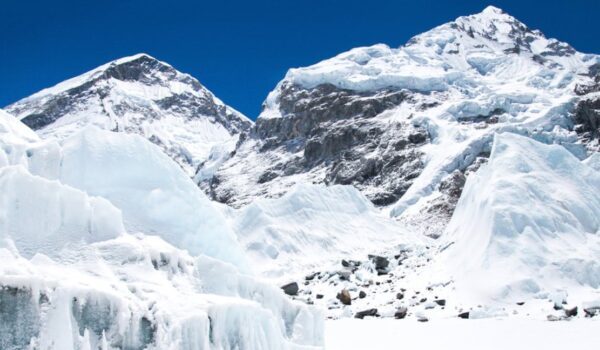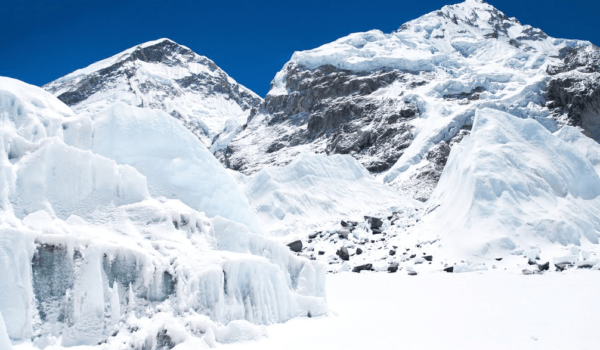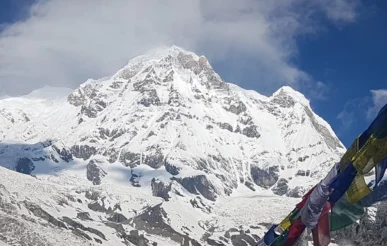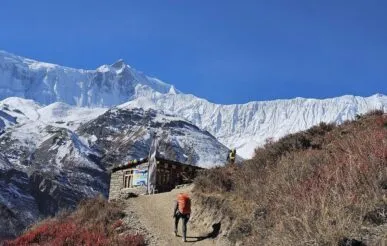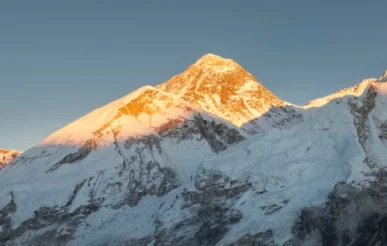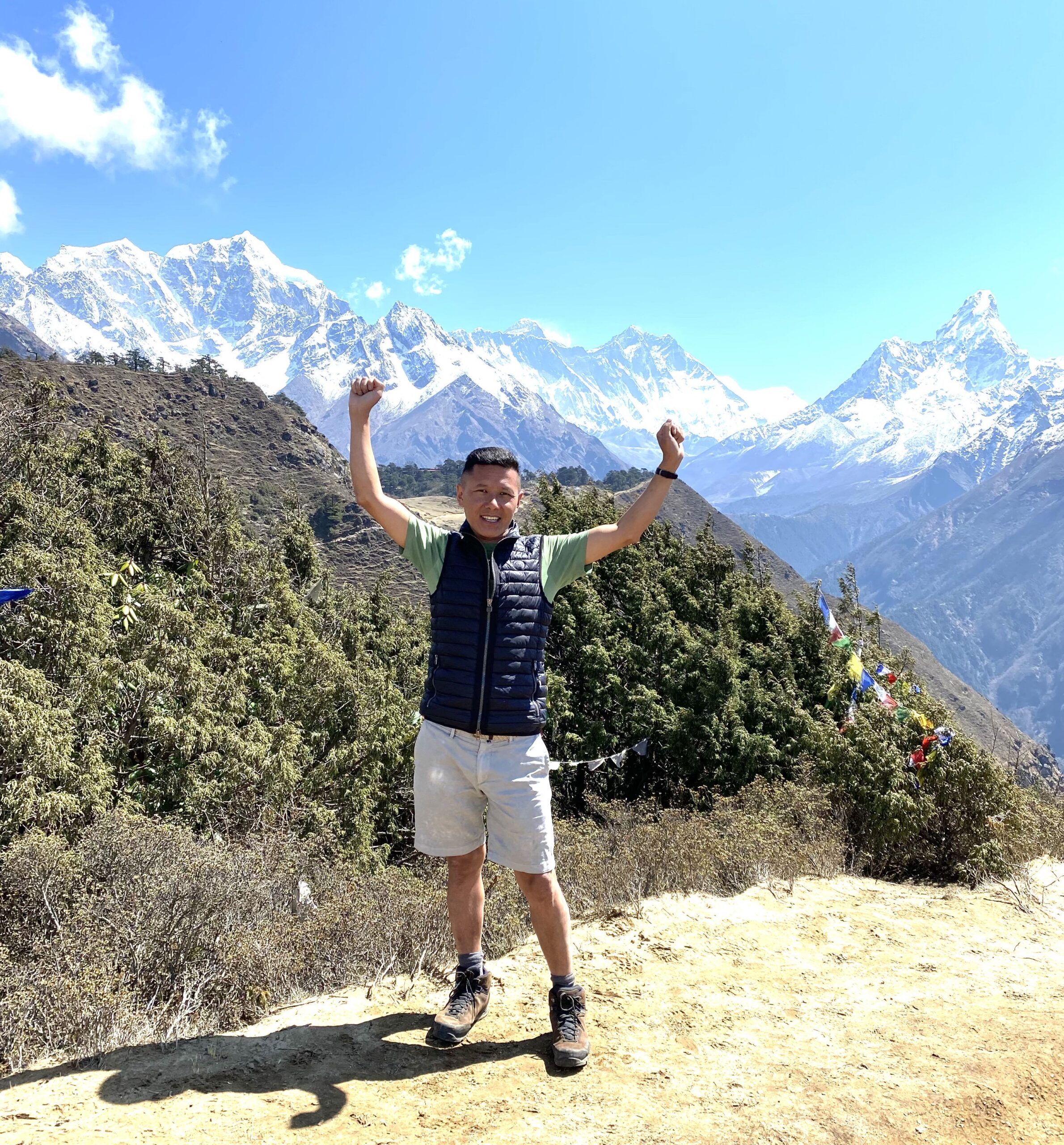Everest Base Camp Trek in January
When it comes to adventure and trekking, few destinations can match the allure and mystique of the Everest Base Camp. Trekking to Everest Base Camp in January offers a unique and captivating experience that adventurous souls seek. Situated in the heart of the Himalayas, this iconic trek is a dream come true for every adventure enthusiast. The breathtaking landscapes, cultural encounters, and the thrill of standing at the base of the world’s highest peak are second to none.
Here, we will explore the journey to Everest Base Camp in January and provide you with insightful knowledge and tips to make your trek enjoyable. Stay till the end!
What Makes Everest Base Camp Trek in January Special?
January is one of the most interesting times to set off the Everest Base Camp Trek. And it is not considered one of the unique times for no reason. There are several reasons behind January being the preferred time to go for the Everest Base Camp Trek.
Serene & Tranquil Trails
During January, the Everest region is less crowded, creating a peaceful and serene environment. You’ll have the trails mostly to yourself, allowing you to absorb the breathtaking views without the distractions of large crowds.

The standard trail of the Everest Base Camp Trek starts from Lukla, which passes through several Sherpa Villages and settlements, including Phakding, Monjo, Namche, Tengboche, Dingboche, and Gorak Shep. Though the trail distance is long, the serene beauty and its tranquility is second to none.
Clear Skies
January provides some of the clearest skies of the year. This means you’ll have stunning views of the towering Himalayan peaks, including Mount Everest itself. The crisp air allow trekkers have excellent visibility, which is also a great opportunity for photography geeks.
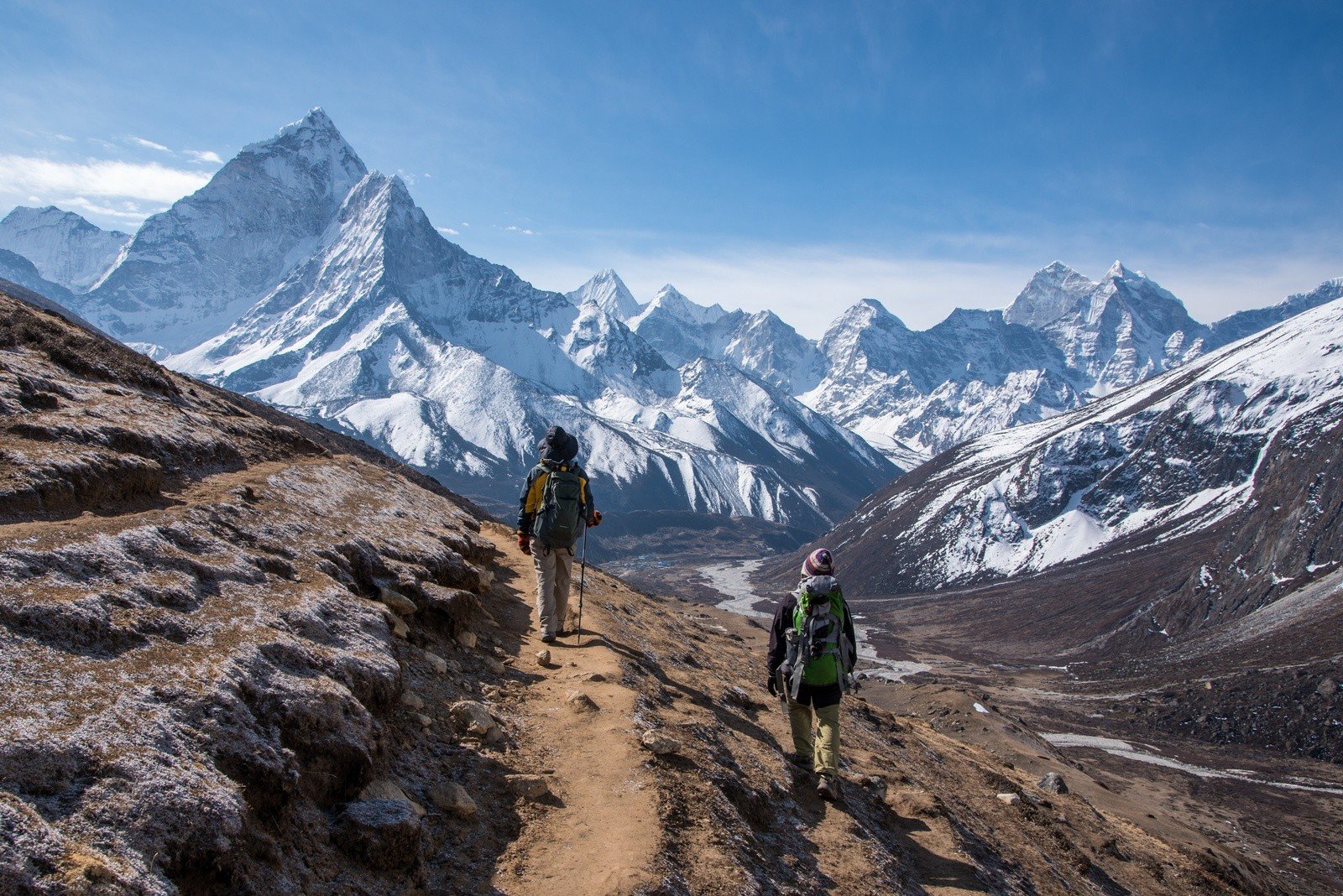
Apart from the world’s tallest peak, other mountains like Ama Dablam, Cho Oyu, Nuptse, and Lhotse, offers a pristine view of the Nepalese Himalayas and its alpine climate.
The sunrise and sunset scenes from Kala Patthar and the 360 degree views of the Himalayas and Khumbu Glacier makes the Everest Base Camp Trek in January more delightful.
Unique Cultural Experience
The local Sherpa communities celebrate several festivals in January. If you time your trek right, you may have the chance to witness these colorful and vibrant celebrations, offering you a glimpse into the rich Sherpa culture.
Most parts of the Everest Region are inhabited by Sherpa people. They have their distinctive mother tongue, culture, tradition, and lifestyle, which makes them one of the most unique ethnic groups of Nepal. During the Everest Base Camp Trek in January, trekkers can enjoy rich culture, especially in the ancient Tibetan Gompas like Tengboche and Pangboche Monasteries.
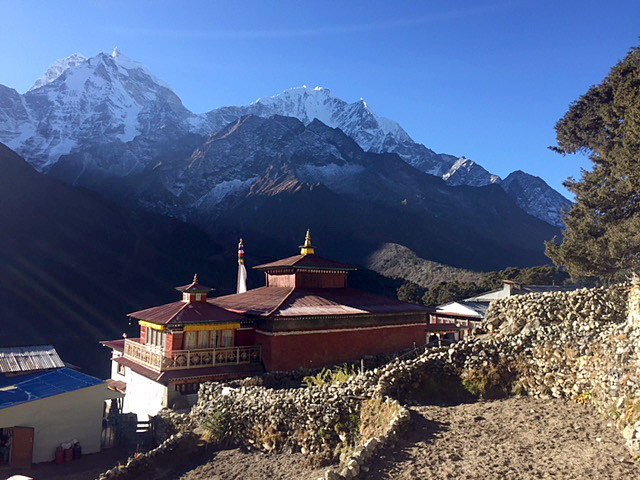
Similarly, Sherpa communities welcome you with their warm hospitality and traditional cuisine, which you should not miss during the Everest Base Camp Trek in January.
Challenges of Everest Base Camp Trek in January
High Altitude Acclimatization
One of the most significant challenges of trekking to Everest Base Camp in January is acclimatizing to the high altitude. Everest Base Camp Trek in January takes us to 5000 over sea level. And if you see from the geographical perspective, the air is thin and the air pressure is high. Similarly, the cold temperature boosts up the risk of having altitude related illnesses.
In the meantime, the thin air, high air pressure, and high altitude can lead to altitude sickness if you ascend too quickly. To tackle this challenge, it’s essential to follow a well-paced itinerary that allows your body to adapt gradually. Staying hydrated, avoiding alcohol, and listening to your guide’s advice are crucial.
Harsh Weather Conditions
While you take on the Everest Base Camp Trek in January, one of the important things to consider is to acknowledge the harsh winter. January is in the heart of winter in the Himalayas. So temperatures can drop to as low as -20°C (-4°F) or even lower.
To avoid immense cold temperatures, trekkers must be well-prepared with proper gears and other things. Gears including down jackets, insulated boots, and thermal layers should be in the packing list to withstand the cold.
The morning and evening times can be extremely cold, so we recommend trekkers to have warm sleeping bags, sleeping pads, and hot water bottles along with other warm clothes.
Snow and Avalanche Risks
January falls in the winter season in Nepal, so the temperature is extremely low. In the meantime, snowfall is common in January, which can obstruct the trails and make the trek more challenging.
While Everest Base Camp Trek in January welcomes heavy snowfall in the Everest Region, the threats of avalanches are also high in some parts. Due to this, January is not considered the peak-trekking period. However, with proper preparations, trekkers can still embark on this journey.
To mitigate extreme temperatures and avalanches, it is recommended to trek with a seasoned guide who understands the terrain and can make informed decisions regarding safe routes.
Reduced Daylight Hours
In January, the days are shorter and nights are longer. This means you will have limited daylight hours for trekking, which might not be the preference of every trekker.
That’s why, trekkers must be ready with their plans for the Everest Base Camp Trek in January. It is recommended to start trekking early in the morning and plan your hikes accordingly. Similarly, carrying essential gears like a reliable headlamp and spare batteries might help you to ensure you are not caught out after dark.
Preparing for the Everest Base Camp Trek
Packing Essentials
When preparing for the Everest Base Camp trek in January, it’s crucial to pack wisely. Here are some essential items to include in your backpack:
Cold-Weather Gear
January is cold in the Everest region, so pack thermal clothing, down jackets, and good quality gloves to stay warm. Layering is key to regulating your body temperature.
High-Quality Trekking Boots
Invest in comfortable, waterproof trekking boots with a good grip. Proper footwear is essential for your safety and comfort on the icy trails.
Medications and First Aid Kit
Carry essential medications, a first aid kit, and any personal prescriptions. High-altitude sickness is a possibility, so be prepared.
Permits & Logistics
To embark on the Everest Base Camp Trek in January, trekkers must obtain several trekking permits. The most important thing to know is that Everest Base Camp lies within the protected area of Sagarmatha National Park. So trekkers must acquire Sagarmatha National Park Entry permit from Kathmandu. It costs NRs. 3000 per person for the foreign trekkers, while trekkers from SAARC Nations must pay NRs. 1000 per person.
Similarly, the cost of Sagarmatha National Park Entry Permit for Nepalese trekkers is NRs. 100 per person.
Apart from that, trekkers must also obtain Khumbu Pasang Lhamu Municipality Entry Permit. This permit has the price of NRs. 2000 per person.
Acclimatization
Proper acclimatization is vital to avoid altitude sickness. Take your time during the trek, and ensure you rest at designated points to acclimate your body to the thinning air.
Here are some tips of acclimatize during the Everest Base Camp Trek in January:
– Ascend Gradually
– Hike High and Sleep at Lower Altitude
– Hydration & Nutrition
– Enough Rest & Sleep
– Use Medications such as Diamox (under the supervision of physician)
– Monitor Symptoms of Altitude Sickness, such as Fatigue, Nausea, Fever, and Vomiting.
Route To Everest Base Camp Trek in January
The Everest Base Camp trek usually starts from Lukla and continues through villages like Namche Bazaar, Tengboche, Dingboche, and Gorakshep before reaching Everest Base Camp itself.
Highlights Along the Way
Namche Bazaar: The gateway to the Khumbu region, Namche Bazaar is a bustling town with a unique blend of cultures. Trekkers can explore the local markets and acclimatize here.
Tengboche Monastery: Tengboche monastery has stood in Tengboche Village for centuries. This sacred site offers a serene atmosphere, with incredible views of Ama Dablam and Everest. It’s an excellent place to immerse yourself in the local culture.
Gorakshep: The last settlement before Base Camp, Gorakshep offers basic lodging and serves as the starting point for the final leg of the journey.
Frequently Asked Questions
Is January a good time for the Everest Base Camp Trek?
January falls in the winter season, so it might not be the appropriate month to embark on the Everest Base Camp Trek. However, the fewer crowds and pristine landscapes will make you crawl over this region for inner peace.
What’s the weather like in January at Everest Base Camp?
January temperatures at Everest Base Camp can drop significantly, with daytime highs around 20°F (-6°C) and nighttime lows reaching -4°F (-20°C). Snow is possible, and conditions can be harsh, so proper gear is essential.
What permits do I need for the Everest Base Camp Trek in January?
You’ll need two permits: the Sagarmatha National Park Permit and the Khumbu Pasang Lhamu Rural Municipality Permit. These can be obtained in Kathmandu or Monjo.
What can I expect to see and experience during the trek in January?
January offers clear views of the Himalayas, including Mount Everest, Lhotse, Nuptse, Ama Dablam, Cho Oyu. The views of Khumbu Glacier and Icefall are another pristine level of beauty of the Everest Base Camp Trek in January. You can immerse yourself in Sherpa culture and visit monasteries along the way.
